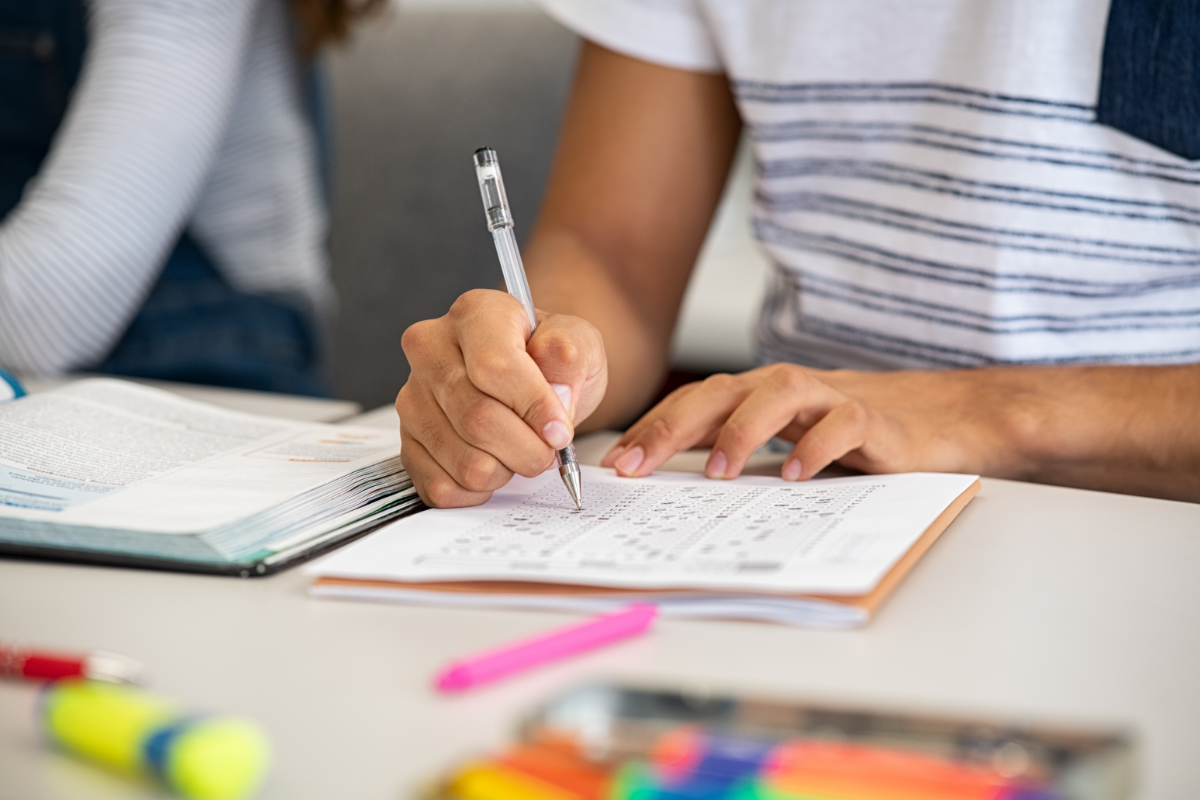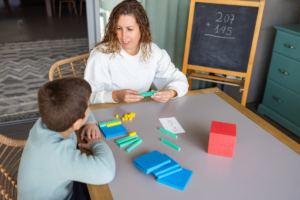
Inclusive Assessment Strategies: How to Evaluate the Progress of All Students Equitably
Inclusive education aims to provide equitable opportunities for all students, regardless of their backgrounds, abilities, or differences. However, traditional assessment methods often fall short in capturing the diverse skills and progress of every learner. Inclusive assessment strategies are essential to ensure fair evaluation and promote the success of all students. This article explores various techniques and approaches to assess students inclusively, fostering an environment where every individual can thrive academically.
Understanding Inclusive Assessment
Before delving into specific strategies, it’s crucial to understand the principles behind inclusive assessment. Inclusive assessment goes beyond traditional testing formats and embraces a holistic approach that considers the diverse needs, abilities, and learning styles of all students. It focuses on providing multiple avenues for demonstrating understanding and progress, accommodating individual differences, and minimizing bias in evaluation.
Creating a Welcoming Environment
The foundation of inclusive assessment lies in creating a welcoming and supportive classroom environment. Teachers play a pivotal role in fostering a culture of inclusivity by building rapport with students, promoting mutual respect, and celebrating diversity. When students feel valued and accepted, they are more likely to engage actively in the learning process and demonstrate their true abilities.
Differentiating Assessment Methods
One size does not fit all when it comes to assessment. Inclusive educators employ a variety of assessment methods to cater to the diverse needs of their students. From traditional tests and quizzes to projects, presentations, and portfolios, offering multiple assessment options allows students to showcase their strengths and talents in ways that resonate with them. By providing choice and flexibility, teachers empower students to take ownership of their learning journey.
Utilizing Universal Design for Learning (UDL)
Universal Design for Learning (UDL) is a framework that guides the development of flexible learning environments to accommodate individual differences. When applied to assessment, UDL emphasizes providing multiple means of representation, expression, and engagement. Teachers can incorporate UDL principles into assessment design by offering diverse materials, scaffolding support, and allowing for varied modes of response.
Implementing Formative Assessment Practices
Formative assessment plays a crucial role in monitoring student progress and providing timely feedback for improvement. Inclusive educators regularly employ formative assessment practices such as questioning, observation, and self-assessment to gather insights into student understanding and address learning gaps promptly. By focusing on the process rather than the final outcome, formative assessment promotes continuous growth and development for all students.
Embracing Technology
Technology offers invaluable tools for creating inclusive assessment experiences. Digital platforms and applications can provide personalized learning experiences, adaptive assessments, and real-time feedback tailored to individual needs. From interactive quizzes to multimedia projects, technology enables educators to design engaging assessments that cater to diverse learning preferences and abilities.
Promoting Collaboration and Peer Assessment
Collaborative learning and peer assessment foster a sense of community and shared responsibility among students. In inclusive classrooms, collaborative activities encourage peer support, constructive feedback, and collective problem-solving. Peer assessment empowers students to take on active roles in evaluating their peers’ work, promoting critical thinking and reflection while reducing the burden on teachers.
Cultivating Growth Mindset
A growth mindset is essential for fostering resilience, motivation, and a willingness to embrace challenges. Inclusive assessment practices nurture a growth mindset by emphasizing effort, progress, and learning from mistakes. By reframing failure as an opportunity for growth rather than a setback, students develop the confidence to take risks, persist in the face of obstacles, and ultimately achieve their full potential.
Ensuring Accessibility and Equity
Inclusive assessment goes hand in hand with accessibility and equity. Educators must ensure that assessment materials, instructions, and accommodations are accessible to all students, including those with disabilities or language barriers. Providing alternative formats, assistive technologies, and language supports can help level the playing field and enable every student to demonstrate their knowledge and skills effectively.
Fostering a Culture of Continuous Improvement
In the pursuit of inclusive assessment, it’s essential to recognize that growth and improvement are ongoing processes. Educators must be willing to reflect on their practices, seek feedback from students, colleagues, and stakeholders, and adapt their approaches to meet the evolving needs of their diverse learners. By fostering a culture of continuous improvement, educators can refine their assessment practices, address barriers to inclusivity, and ensure that all students have equitable opportunities to succeed.
Professional Development and Collaboration
Professional development plays a crucial role in equipping educators with the knowledge, skills, and resources needed to implement inclusive assessment effectively. School leaders can support teachers by providing targeted training, workshops, and resources on inclusive assessment practices, universal design, and cultural responsiveness. Collaboration among educators within and across schools also facilitates the sharing of best practices, innovative strategies, and collective problem-solving to promote inclusivity in assessment.
Engaging Families and Communities
Inclusive assessment extends beyond the classroom walls to involve families and communities in the educational process. Parents and caregivers are valuable partners in supporting students’ learning and development, and their input can provide valuable insights into students’ strengths, challenges, and cultural backgrounds. By engaging families in the assessment process, educators can ensure that assessment practices are culturally responsive, inclusive, and reflective of students’ diverse experiences and perspectives.
Advocating for Systemic Change
While individual educators play a crucial role in implementing inclusive assessment practices, systemic change is necessary to ensure widespread adoption and sustainability. School districts, policymakers, and education agencies must prioritize equity and inclusion in assessment policies, practices, and resources. This includes providing funding, support, and guidance for professional development, technology infrastructure, and curriculum materials that promote inclusive assessment at all levels of education.
Conclusion
Inclusive assessment is not merely a pedagogical approach; it is a commitment to equity, diversity, and excellence in education. By embracing inclusive assessment strategies, educators can create learning environments where every student’s unique strengths, abilities, and identities are valued and celebrated. From differentiated methods and formative practices to technology integration and collaborative approaches, inclusive assessment empowers all students to demonstrate their knowledge, skills, and potential. As we strive to build inclusive schools and communities, let us remember that inclusive assessment is not just a means of evaluation; it is a pathway to empowerment, opportunity, and success for all learners.














Publicar comentário